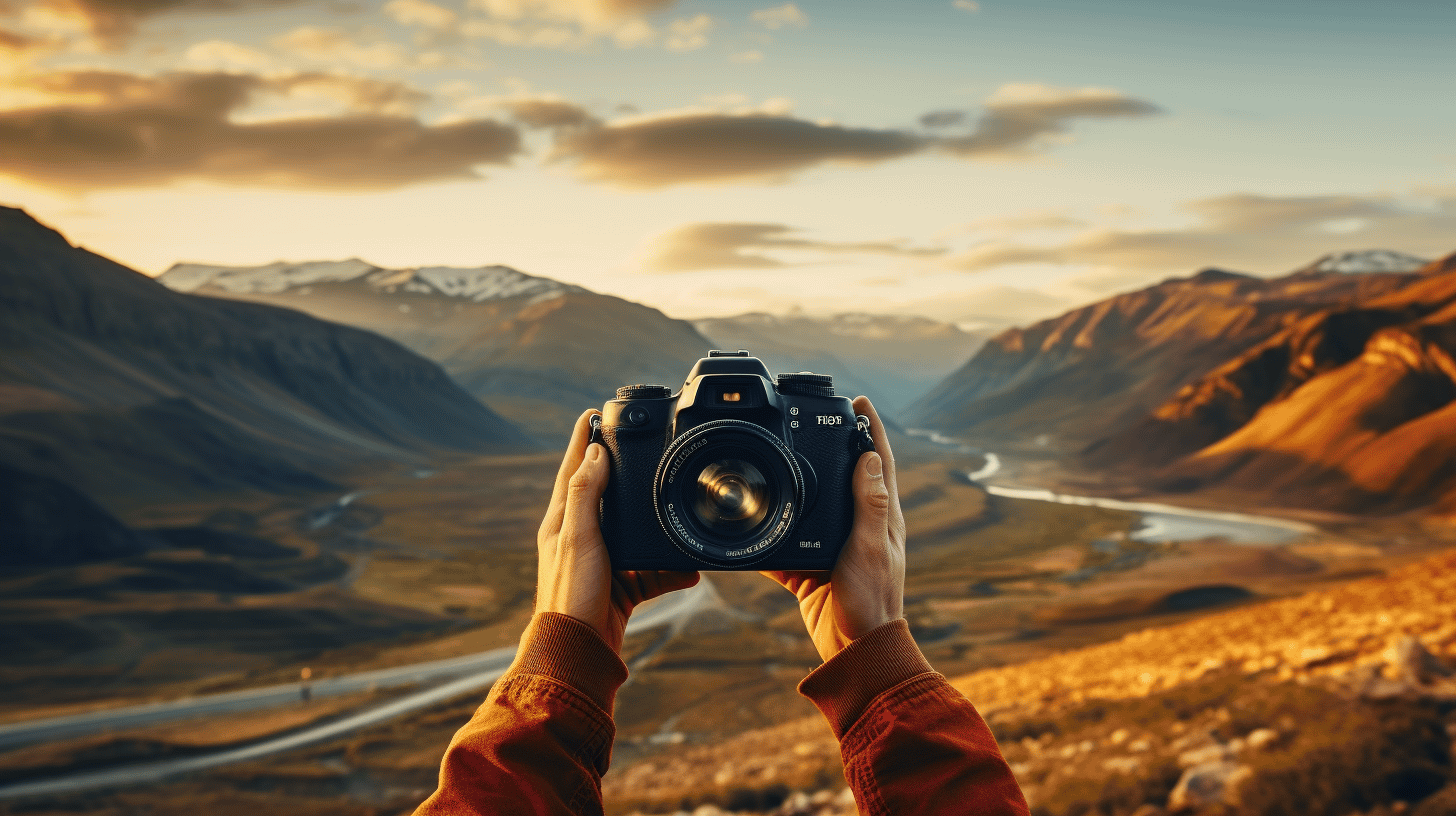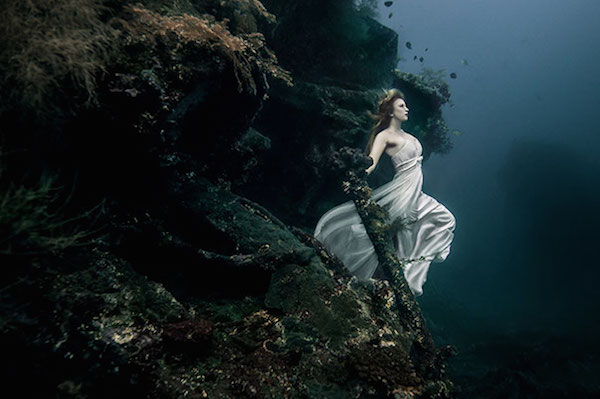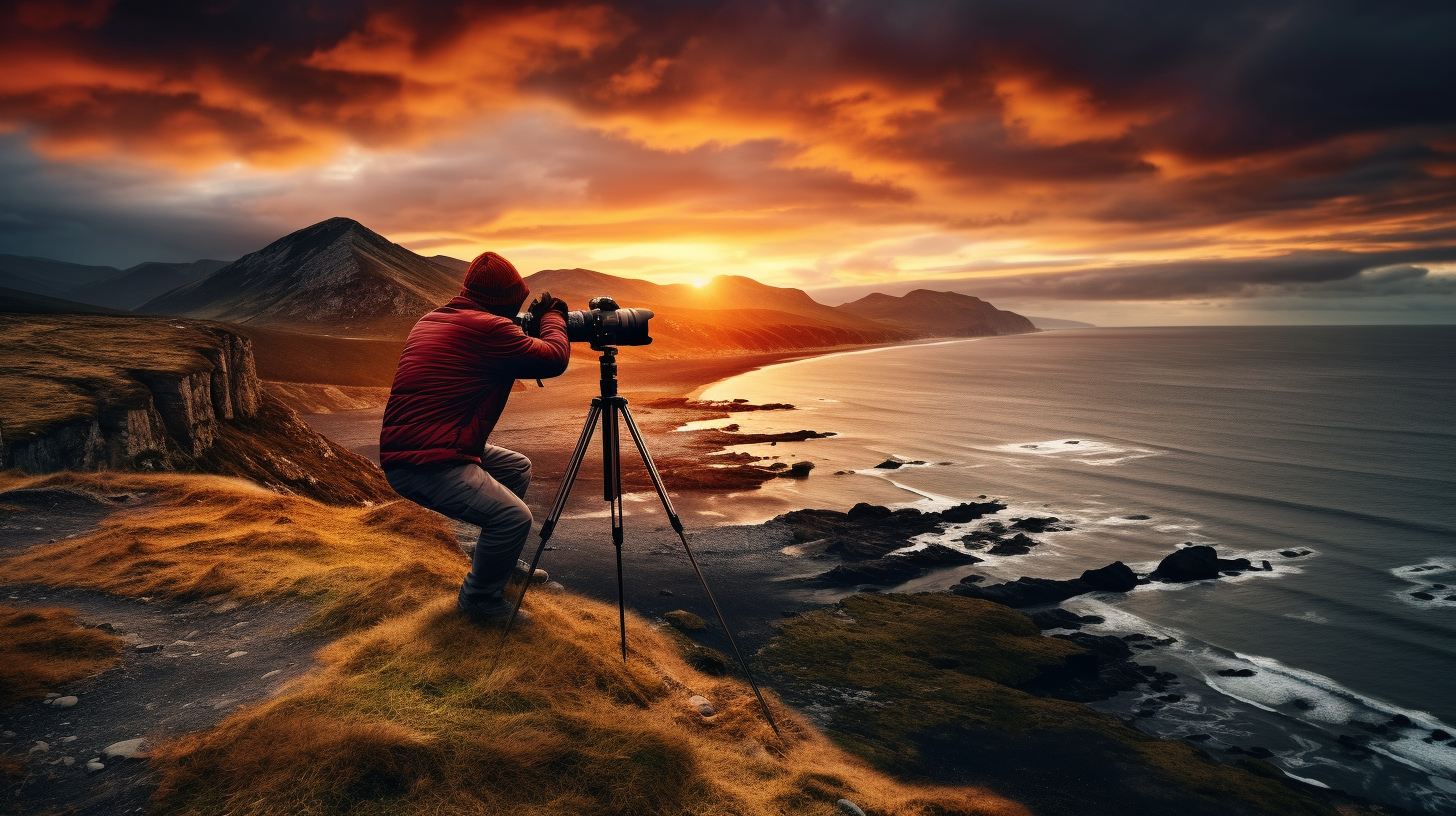Mastering the Lens: Innovative Trends and Techniques in Photography

15-12-2024, 19:14 Admin 6 793 0
In the ever-evolving realm of photography, innovation captures the fray. And so, the quest to master the lens necessitates an understanding of the latest trends and cutting-edge techniques. This article aims to chart the currents in the dynamic landscape of photography, focusing on the fusion of modern technology with traditional methods, driving both creativity and efficiency.
We are witnessing a fresh wave of transformations, striding far into convergence territory, with the blurred lines of photography and videography, prominently shaped by advancing technology trends. Let's delve deeper into these technical transitions and provide a comprehensive version of the innovative trends and techniques in contemporary photography.
One exciting trend showing significant growth is drone photography. No longer are we limited to the surface-level perspectives. Drones, with lightweight, high resolution cameras are offering wildly new outlooks on familiar subjects, opening the canvas of creativity to a whole new altitude. Integration of AI within drones also enhances efficiency by providing features like subject tracking and obstacle avoidance.
The rise of 360-degree photography has also transformed the traditional flat frame into an immersive virtual reality landscape. Harnessing the potential of VR technology, photographers can capture and share spaces in a way that feels real, and tangible. This technique adds depth and an interactive element to pictures, which could enhance numerous industries from property sales to tourism.
Digital photography has radically improved in recent years, thanks to developments like High Dynamic Range (HDR) imaging. This technique involves the combination of multiple photographs taken at different exposure levels to produce a final image that displays wider ranges of color and luminosity. The result? Stunning photographs that precisely capture the shift of shadows and the radiant gleam of highlights.
Mobile photography is where convenience meets professional quality. Today’s smartphones come equipped with impressive camera technology, offering features like optical stabilization, dual lenses, and computational photography. App galleries overflow with tools that offer sophisticated editing capabilities, transforming the everyday user into a prosumer.
Meanwhile, artificial intelligence (AI) has also stepped onto the photography stage, adding an extra layer of efficiency and precision. From semantic segmentation for the optimal editing of images to facial recognition used for improved portrait photography, AI is subtly infiltrating multiple aspects of the craft.
Finally, let's not forget the growing popularity of astrophotography, inspired in part by developments in both space exploration and enhanced low-light capabilities of new camera models. This genre of photography which focuses on capturing celestial events and bodies, provides a staggering vista of the universe from our own humble planet.
In conclusion, photography in the 21st century is far more than a mere click of a button. Each of these trends and techniques, powered by the latest technology advancements, contribute to reshaping the art and science of photography. They offer an enriched palette to photographers, to explore, experiment, and create. What is most empowering is that these innovative trends are converging towards democratizing photography, providing high quality tools to a wider range of enthusiasts, fostering an entire generation of new creatives. As we continuously update our skills in the face of these changes, we truly master the lens, crafting not just images, but narratives which resonate.
We are witnessing a fresh wave of transformations, striding far into convergence territory, with the blurred lines of photography and videography, prominently shaped by advancing technology trends. Let's delve deeper into these technical transitions and provide a comprehensive version of the innovative trends and techniques in contemporary photography.
One exciting trend showing significant growth is drone photography. No longer are we limited to the surface-level perspectives. Drones, with lightweight, high resolution cameras are offering wildly new outlooks on familiar subjects, opening the canvas of creativity to a whole new altitude. Integration of AI within drones also enhances efficiency by providing features like subject tracking and obstacle avoidance.
The rise of 360-degree photography has also transformed the traditional flat frame into an immersive virtual reality landscape. Harnessing the potential of VR technology, photographers can capture and share spaces in a way that feels real, and tangible. This technique adds depth and an interactive element to pictures, which could enhance numerous industries from property sales to tourism.
Digital photography has radically improved in recent years, thanks to developments like High Dynamic Range (HDR) imaging. This technique involves the combination of multiple photographs taken at different exposure levels to produce a final image that displays wider ranges of color and luminosity. The result? Stunning photographs that precisely capture the shift of shadows and the radiant gleam of highlights.
Mobile photography is where convenience meets professional quality. Today’s smartphones come equipped with impressive camera technology, offering features like optical stabilization, dual lenses, and computational photography. App galleries overflow with tools that offer sophisticated editing capabilities, transforming the everyday user into a prosumer.
Meanwhile, artificial intelligence (AI) has also stepped onto the photography stage, adding an extra layer of efficiency and precision. From semantic segmentation for the optimal editing of images to facial recognition used for improved portrait photography, AI is subtly infiltrating multiple aspects of the craft.
Finally, let's not forget the growing popularity of astrophotography, inspired in part by developments in both space exploration and enhanced low-light capabilities of new camera models. This genre of photography which focuses on capturing celestial events and bodies, provides a staggering vista of the universe from our own humble planet.
In conclusion, photography in the 21st century is far more than a mere click of a button. Each of these trends and techniques, powered by the latest technology advancements, contribute to reshaping the art and science of photography. They offer an enriched palette to photographers, to explore, experiment, and create. What is most empowering is that these innovative trends are converging towards democratizing photography, providing high quality tools to a wider range of enthusiasts, fostering an entire generation of new creatives. As we continuously update our skills in the face of these changes, we truly master the lens, crafting not just images, but narratives which resonate.
Related News
Leave a Comment


